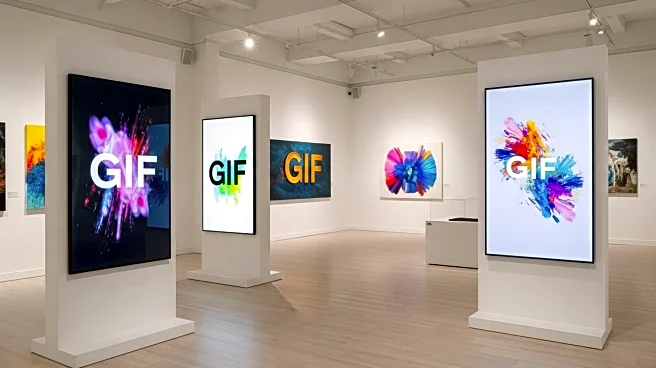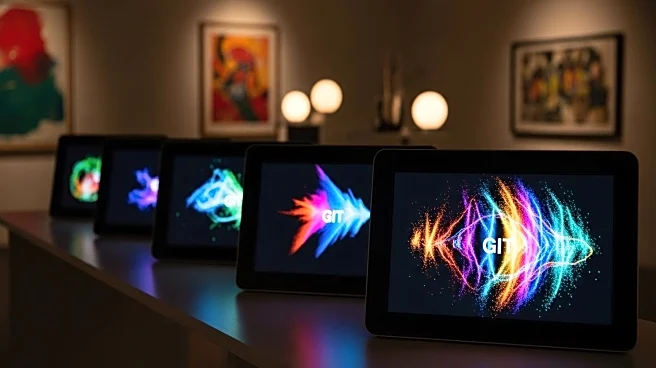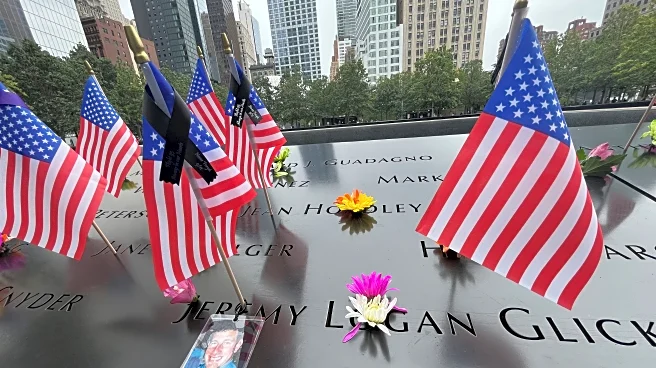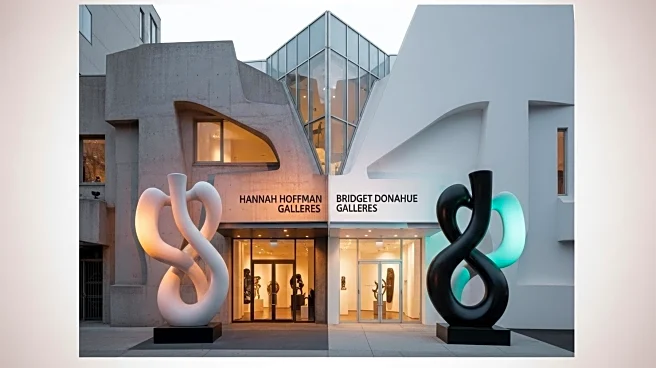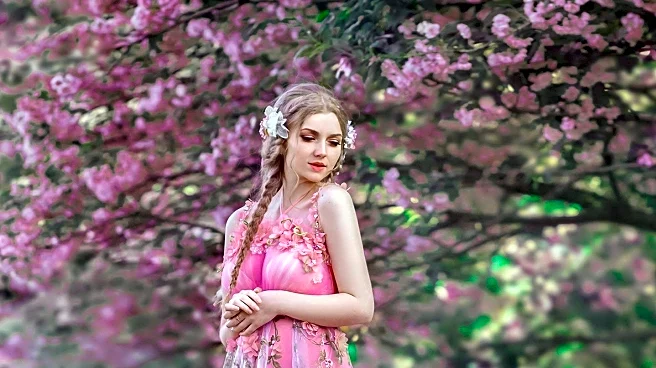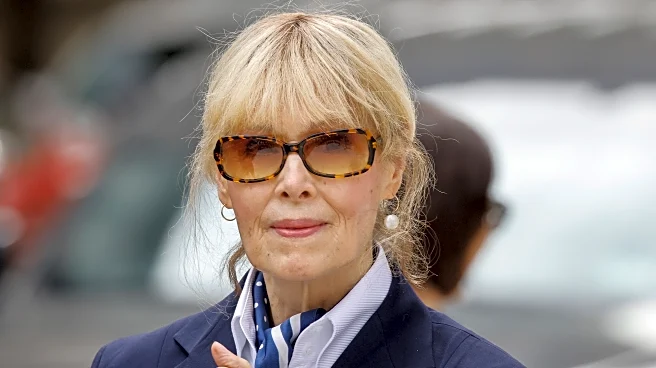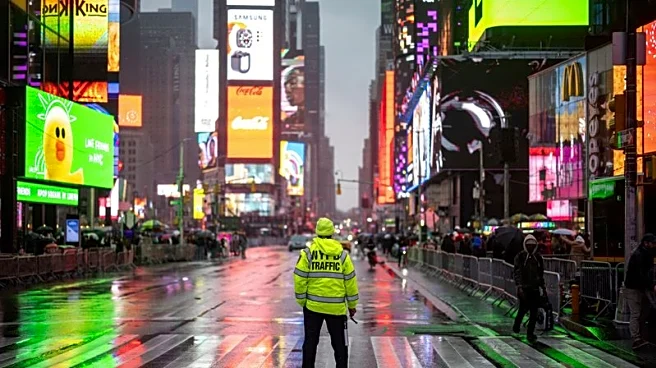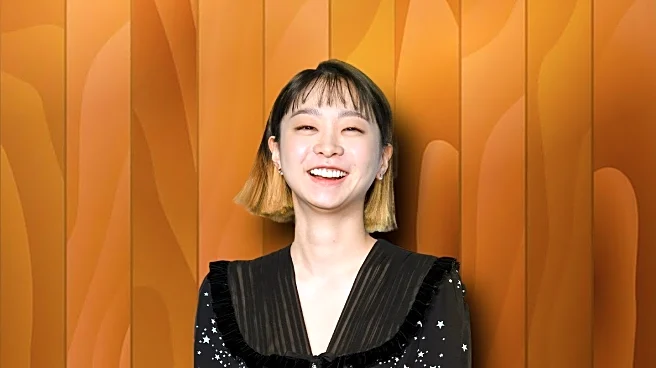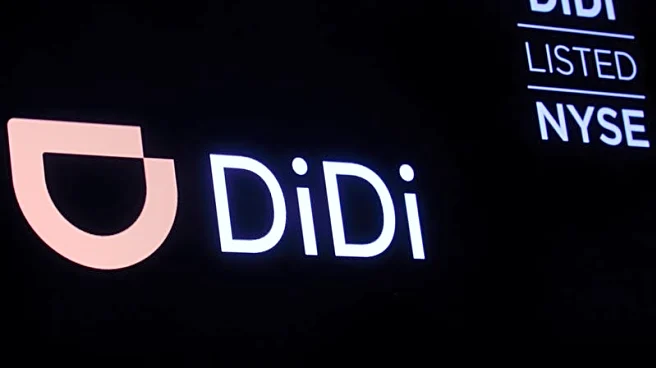What's Happening?
On September 5, Giphy partnered with the Museum of Modern GIFs (MoMG) to launch the Giphy Gallery, a special capsule collection featuring GIFs by over 75 artists. The exhibition, held at Lume Studios in Manhattan's Soho neighborhood, celebrated National GIF Day with immersive displays of looped projections. The collaboration between Giphy and MoMG founder Daniel Murray aims to revive and reimagine GIFs as a form of fine art, showcasing diverse styles from steampunk to futuristic themes. The event highlights the enduring appeal of GIFs as a creative medium, reflecting nostalgia for the early internet era.
Why It's Important?
The Giphy Gallery underscores the evolving role of digital art in contemporary culture, positioning GIFs as a legitimate form of artistic expression. By elevating GIFs to the status of fine art, the exhibition challenges traditional notions of art and expands the boundaries of digital creativity. This initiative reflects broader trends in the art world, where digital formats are increasingly recognized for their artistic value. The collaboration also highlights the potential for digital platforms to foster artistic innovation and community engagement, offering new opportunities for artists to reach audiences.
What's Next?
The success of the Giphy Gallery may inspire further collaborations between digital platforms and art institutions, promoting the integration of digital art into mainstream cultural venues. Artists and curators may explore new ways to leverage digital formats for artistic expression, potentially leading to more exhibitions and events focused on digital art. The recognition of GIFs as fine art could encourage other digital mediums to gain similar acceptance, influencing future art trends and practices.
Beyond the Headlines
The exhibition raises questions about the intersection of technology and art, exploring how digital tools can transform artistic creation and consumption. The nostalgic appeal of GIFs reflects broader cultural shifts towards valuing digital heritage and creativity. As digital art gains prominence, discussions about intellectual property, accessibility, and the democratization of art may become more prevalent.
